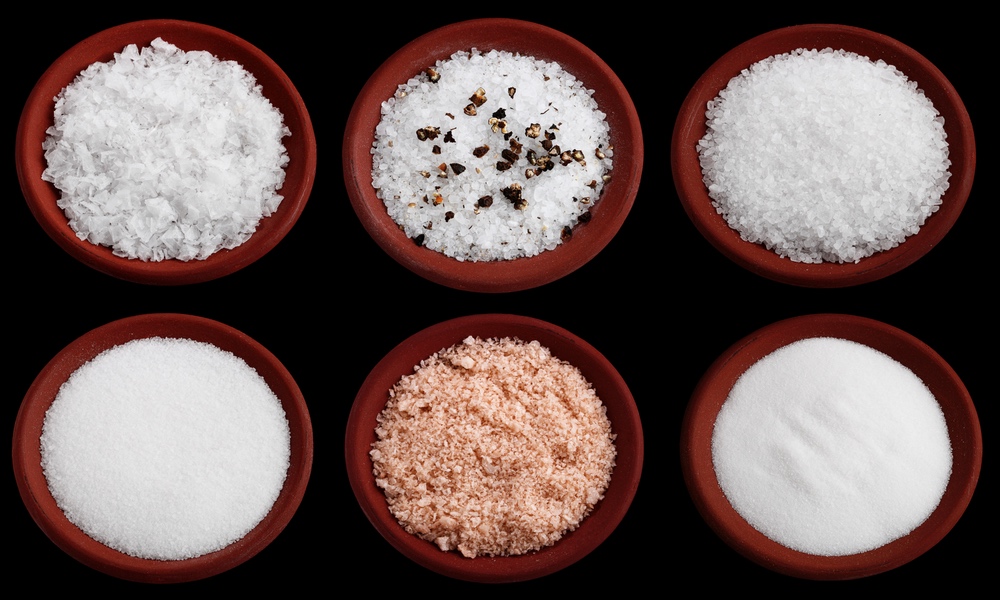Kids and teens in the U.S. are eating too much salt, and that’s putting them at risk for heart disease and high blood pressure later in life.
The trouble is they don't even know the huge quantities of salt they are consuming.
Depending on their age, kids should not consume more than 1,900 to 2,300 milligrams of sodium per day. But the average intake for 6- to 18-year-olds is 3,256 milligrams per day, a new study finds, and that doesn't include salt added at the table.Pizza and Mexican food are the biggest culprits in kids’ sodium intake.
Dinner contributed the most sodium to kid’s diets (39%); 31% was consumed at lunch, 16% with snacks, and 14% at breakfast. Nearly 60% of sodium intake came from foods purchased at the grocery store. Fast food and pizza were responsible for 16%, and the school cafeteria contributed 10%.
Pizza and Mexican food are the biggest culprits in kids’ sodium intake. Sprinkled throughout their diets is also sodium in breads, burgers and sandwiches, snack foods, cheese, soups, plain milk, breads and poultry. Except for milk, all of these are processed foods .
Early eating habits tend to carry over into adulthood. That's why it’s important to reduce the amount of sodium kids consume now. Lowering kids’ sodium intake can be tricky because salt is in so many foods, and the amount can vary greatly from brand to brand and according to the way food is prepared.
Parents and caregivers can help limit the amount of sodium children consume by reading the Nutrition Facts panel on food packages. When purchasing your child's favorite foods. Compare brands and choose the one with the least amount of sodium, knowing 140 mg of sodium per serving or less is considered low sodium.
The study is published in the Journal of the Academy of Nutrition and Dietetics.





